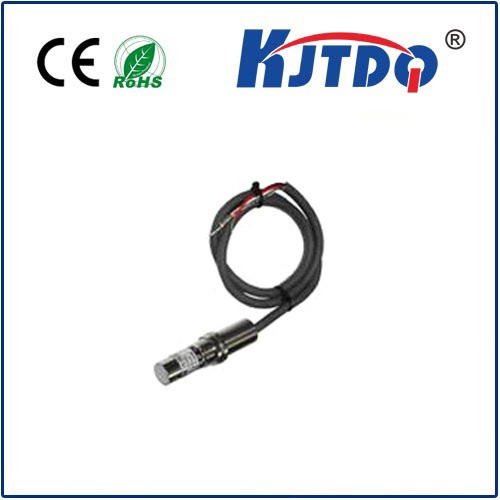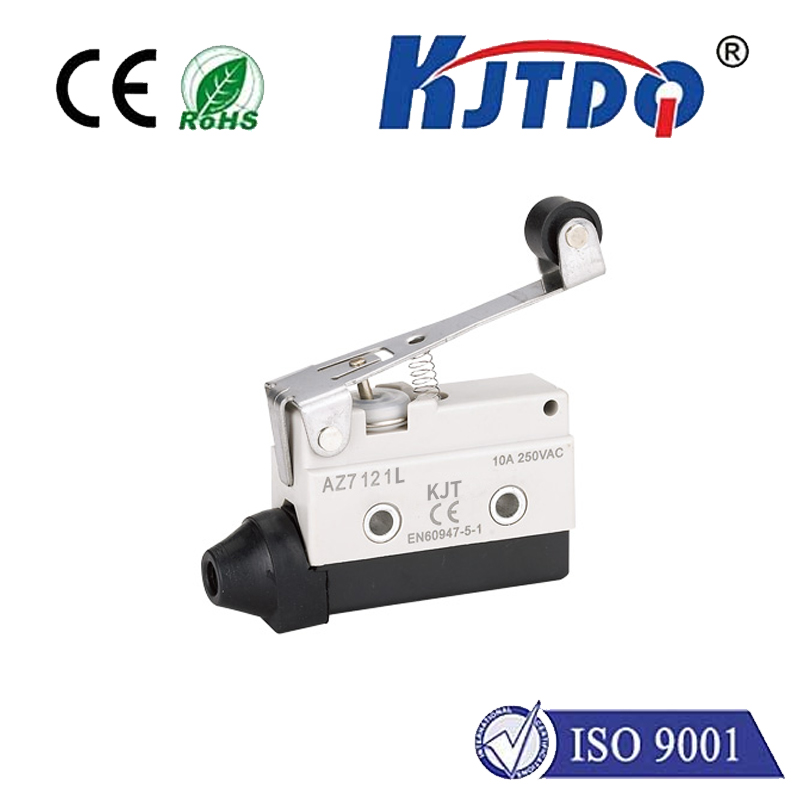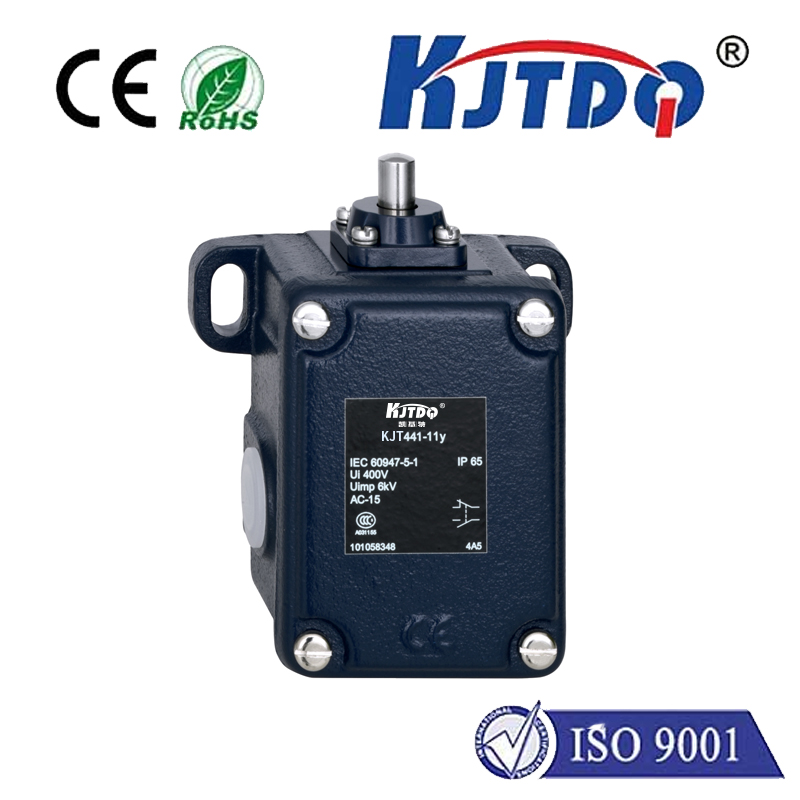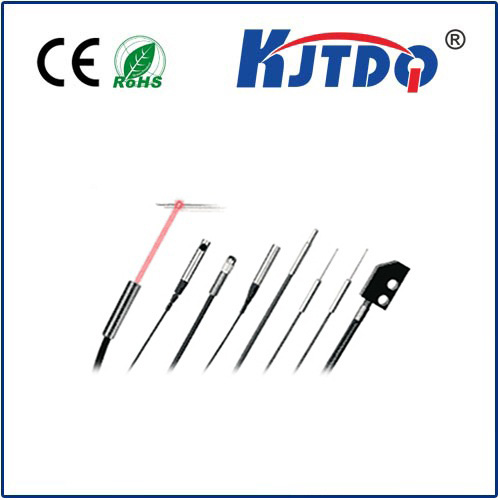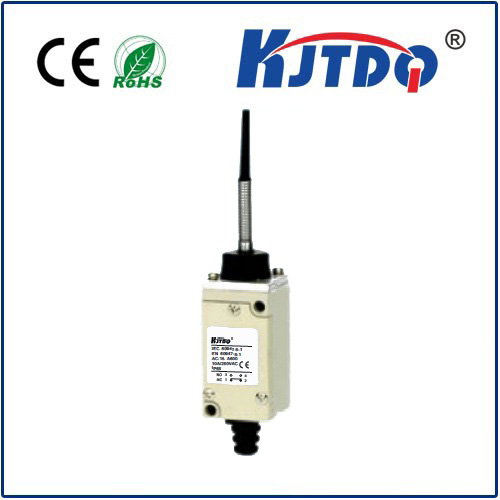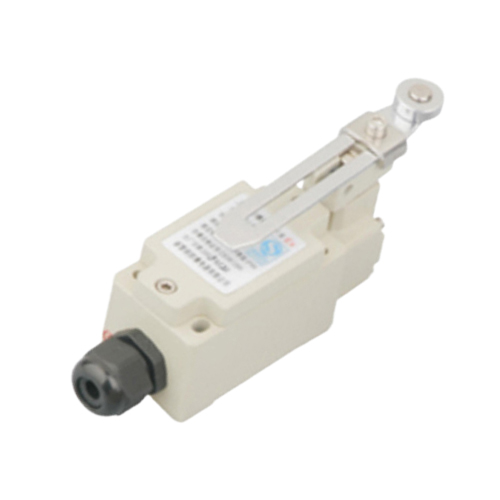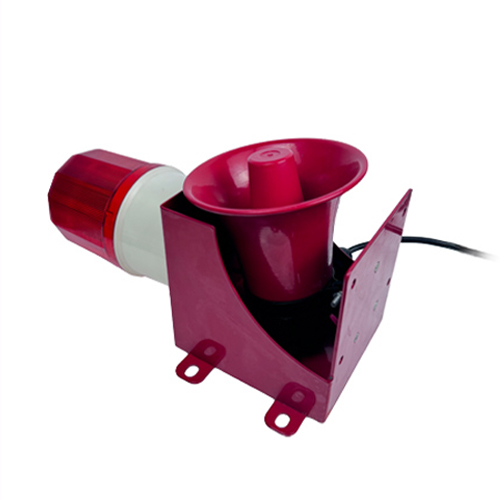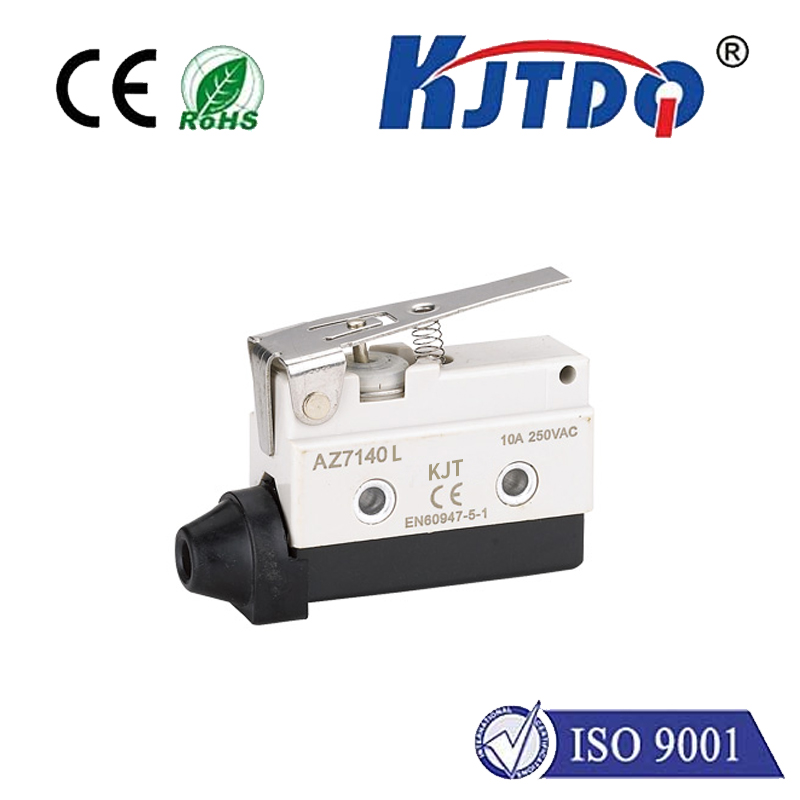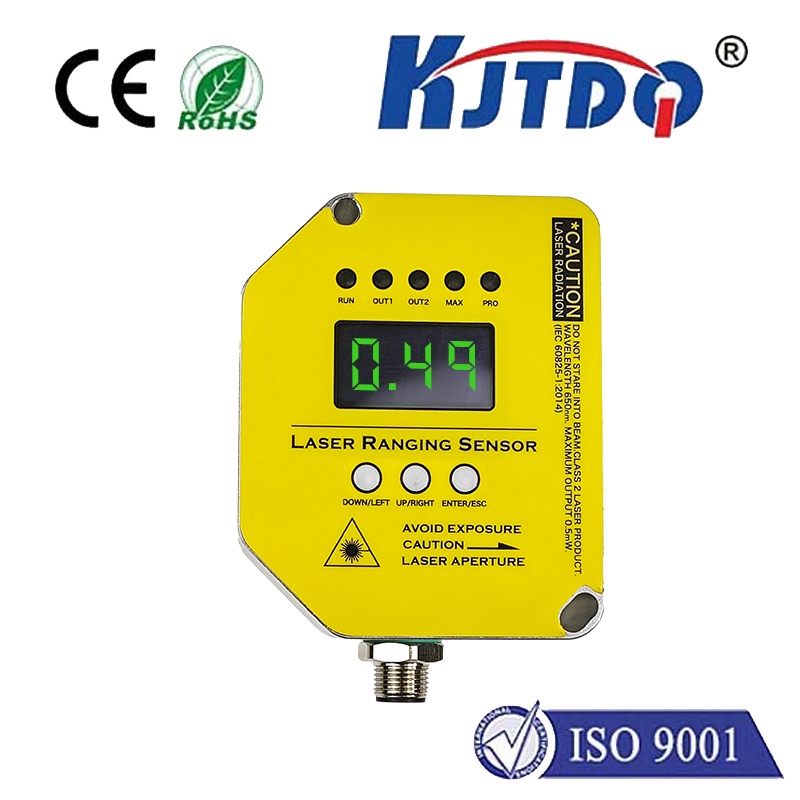Unlocking Precision: The Power of LiDAR Triangulation in Modern Technology Imagine a world where machines can map their surroundings with pinpoint accuracy, where autonomous vehicles navigate complex environments with ease, and where architects design buildings with millimeter-level precision. This is the reality made possible by LiDAR triangulation, a groundbreaking technology that combines the power of LiDAR (Light Detection and Ranging) with the principles of geometric triangulation. In this article, we’ll explore how this innovative approach is revolutionizing industries and pushing the boundaries of what’s possible in spatial mapping and 3D modeling.
LiDAR triangulation is a technique that leverages LiDAR’s ability to measure distances using laser pulses and applies geometric triangulation to determine the precise location of objects in a 3D space. While traditional LiDAR systems rely on time-of-flight measurements to calculate distances, triangulation introduces an additional layer of accuracy by using multiple sensors or viewpoints to cross-reference data. This method is particularly effective in environments where high precision is essential, such as in autonomous driving, robotics, and surveying.
At its core, LiDAR triangulation involves the following steps:
Emission of Laser Pulses: A LiDAR system emits laser beams that bounce off objects in the environment.
Detection of Reflected Light: Sensors capture the reflected light and measure the time it takes for the laser to return.
Triangulation Calculation: By analyzing the angles and distances from multiple sensors or viewpoints, the system calculates the exact position of the object in 3D space. This process is similar to how our eyes use binocular vision to perceive depth, but LiDAR triangulation takes it to a whole new level of accuracy and scalability.

The versatility of LiDAR triangulation has made it a cornerstone technology in various fields. Here are some of its most impactful applications:
Self-driving cars rely on LiDAR triangulation to create detailed 3D maps of their surroundings. By precisely identifying the location of obstacles, pedestrians, and other vehicles, autonomous systems can make split-second decisions that ensure safety and efficiency.
In robotics, LiDAR triangulation enables machines to navigate complex environments with ease. Whether it’s a warehouse robot picking items or a drone mapping a disaster zone, this technology provides the spatial awareness needed for precise movement.
Surveyors and cartographers use LiDAR triangulation to create highly accurate topographic maps. This is especially valuable in urban planning, archaeology, and environmental monitoring, where even the smallest details matter.
AR and VR systems leverage LiDAR triangulation to create immersive experiences. By accurately mapping the physical world, these technologies can seamlessly blend digital elements with real-world environments.
The benefits of LiDAR triangulation extend far beyond its applications. Here’s why this technology stands out:
Высокая точность: By combining multiple data points, LiDAR triangulation achieves unparalleled accuracy in spatial measurements.
Scalability: This technique can be applied to both small-scale projects and large-scale environments, making it highly versatile.
Real-Time Processing: Advanced algorithms enable LiDAR systems to process data in real time, ensuring timely and reliable results.
Non-Invasive: Unlike traditional surveying methods, LiDAR triangulation doesn’t require physical contact with the objects being measured.
While LiDAR triangulation offers immense potential, it’s not without its challenges. High costs, computational complexity, and sensitivity to environmental conditions like fog or rain can limit its effectiveness. However, ongoing advancements in sensor technology, artificial intelligence, and data processing are addressing these issues, paving the way for even more innovative applications. One exciting development is the integration of LiDAR triangulation with machine learning algorithms. By training models to interpret LiDAR data more efficiently, researchers are unlocking new possibilities in object recognition, predictive modeling, and decision-making.
LiDAR triangulation is more than just a technological advancement; it’s a paradigm shift in how we perceive and interact with the world around us. From autonomous vehicles to augmented reality, this powerful combination of LiDAR and triangulation is driving innovation across industries. As the technology continues to evolve, its impact will only grow, reshaping our future in ways we can only begin to imagine.
